אנדי וורהול(1928-1987)
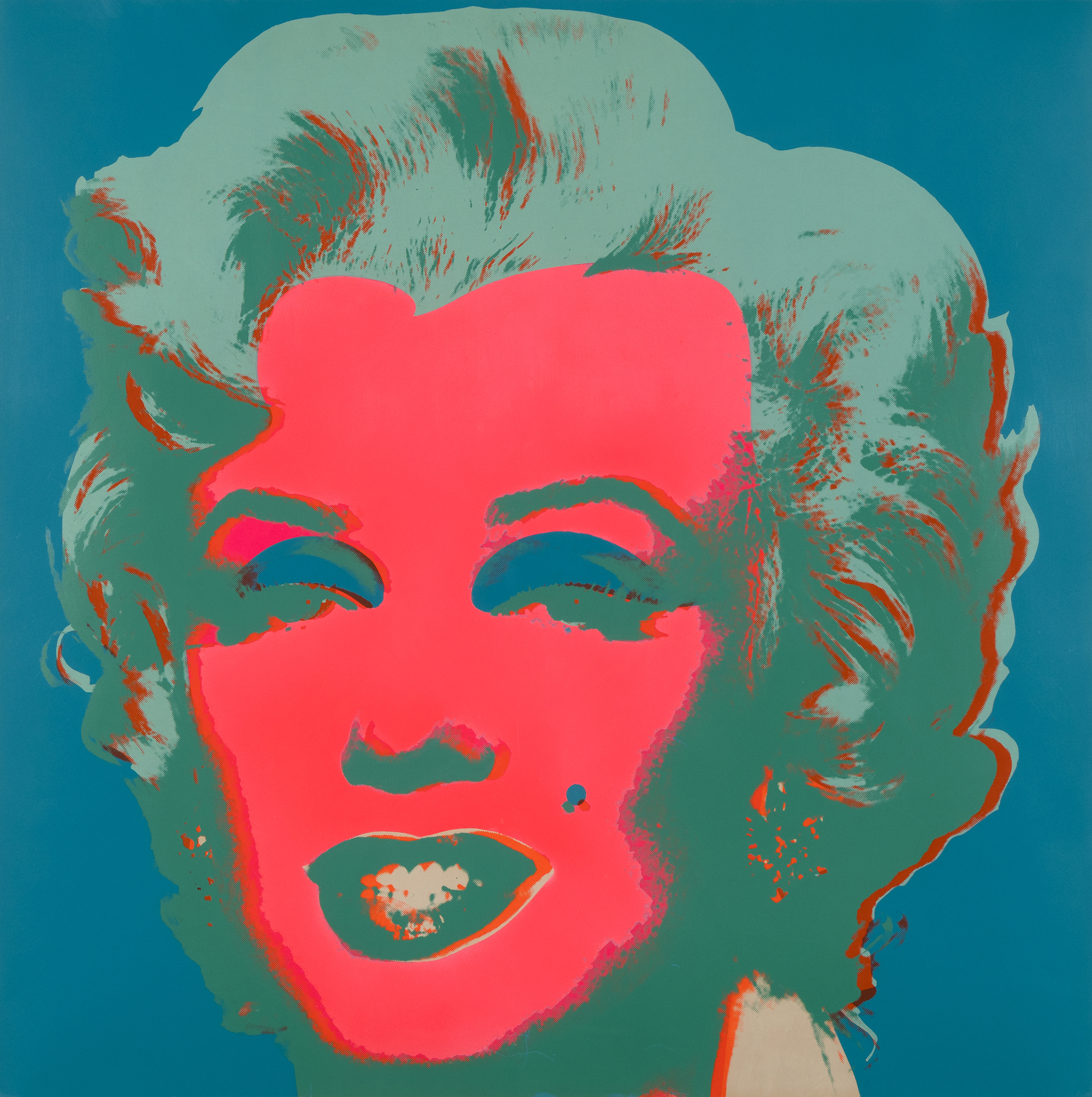
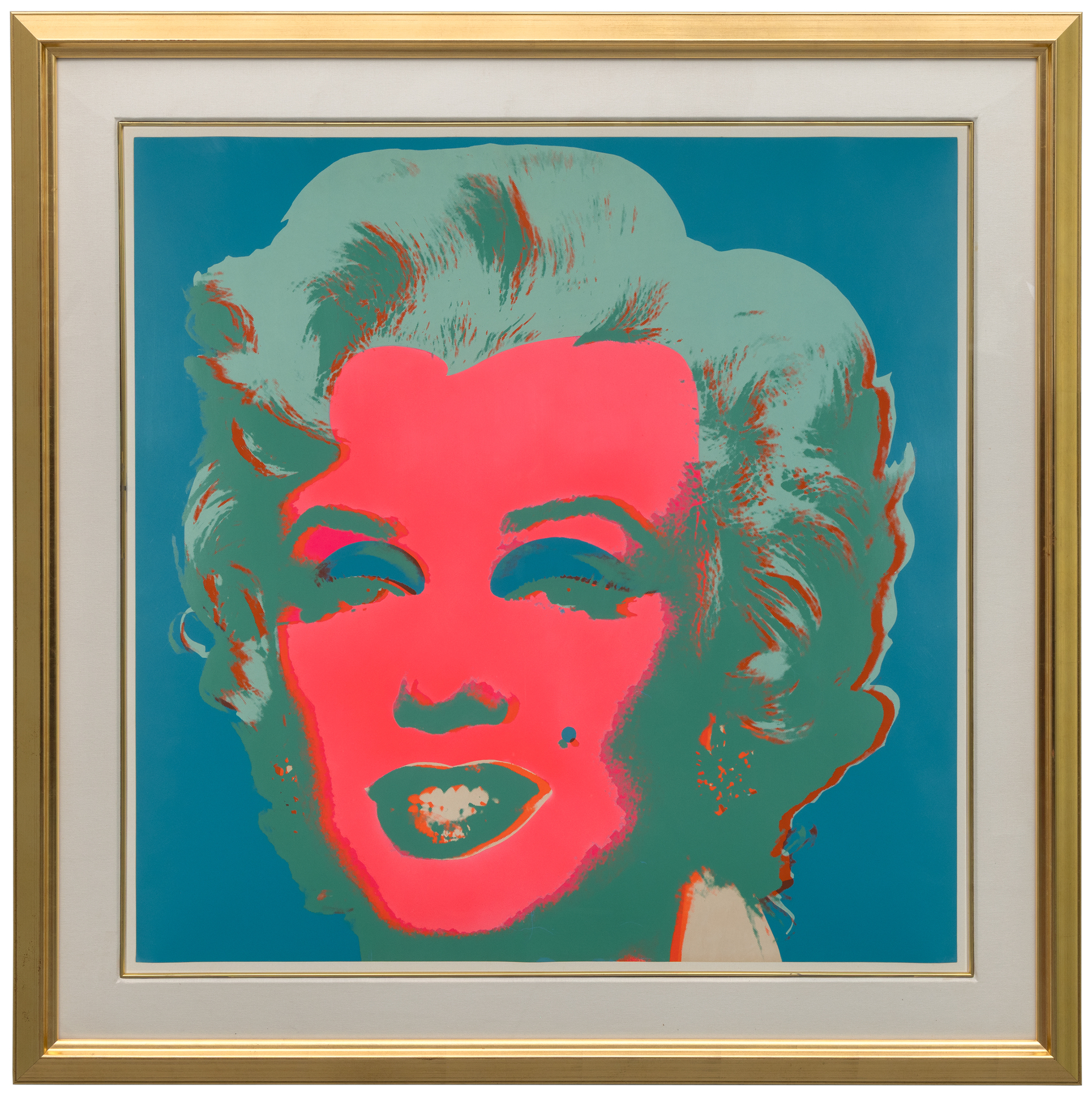
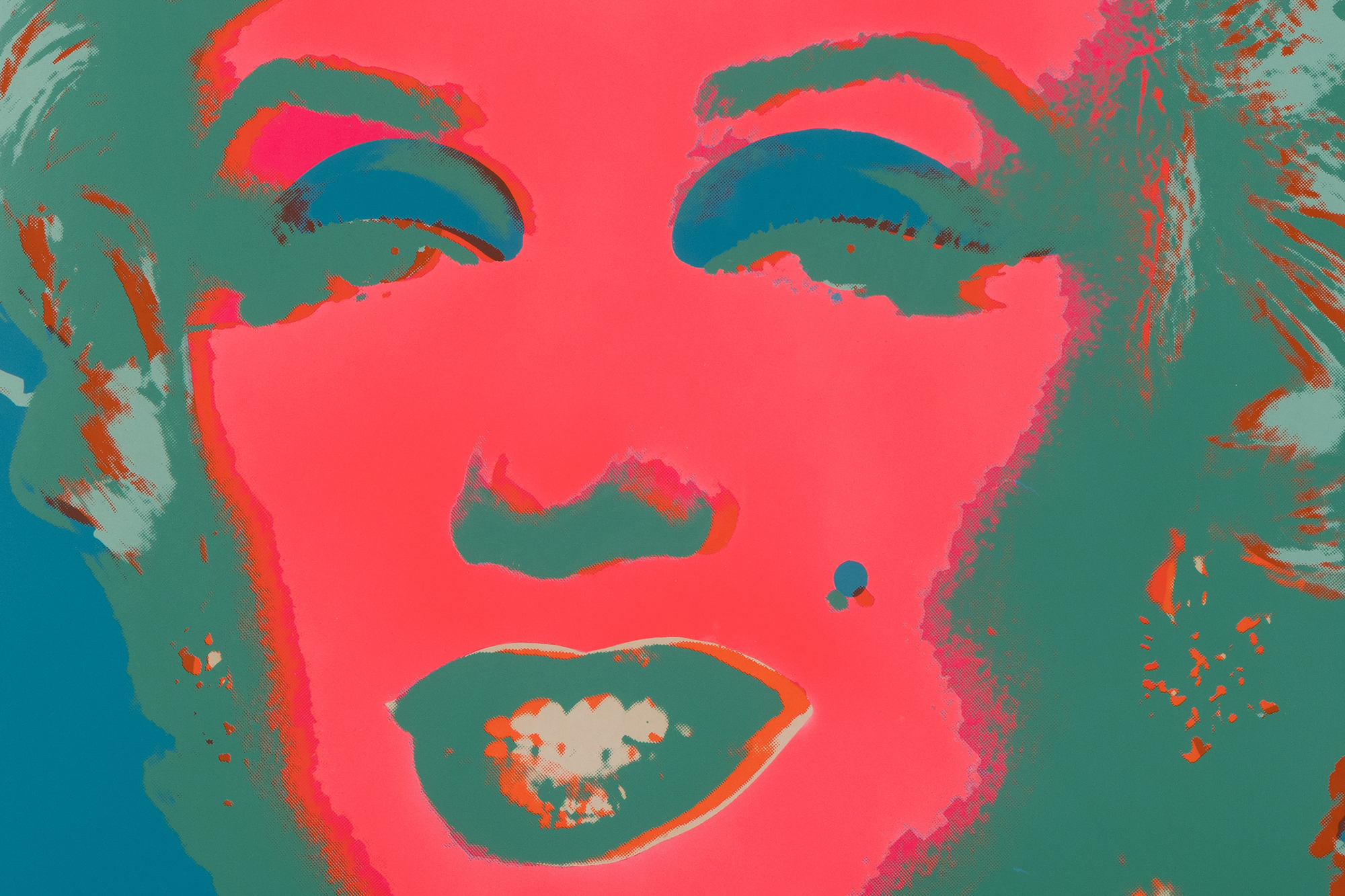
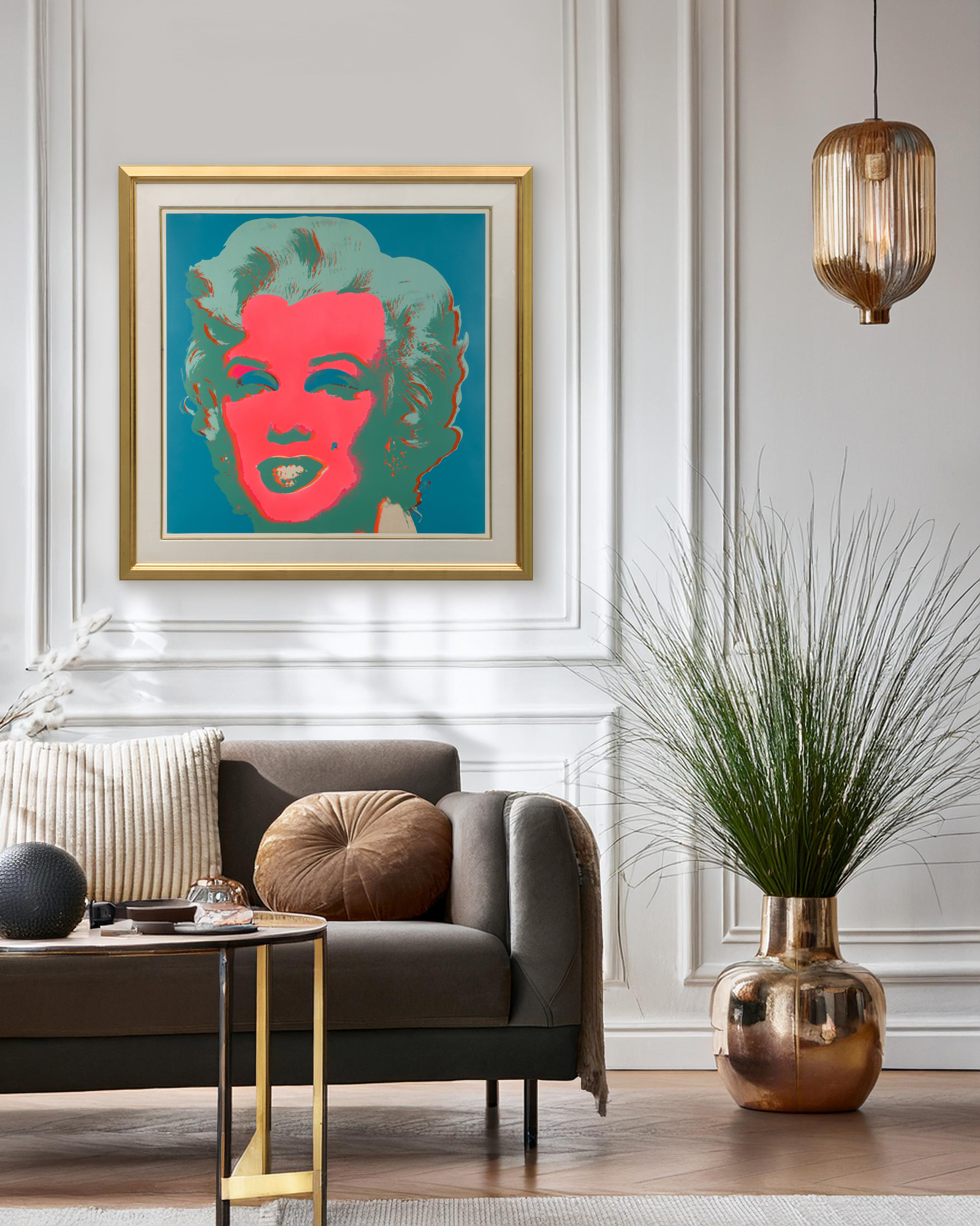



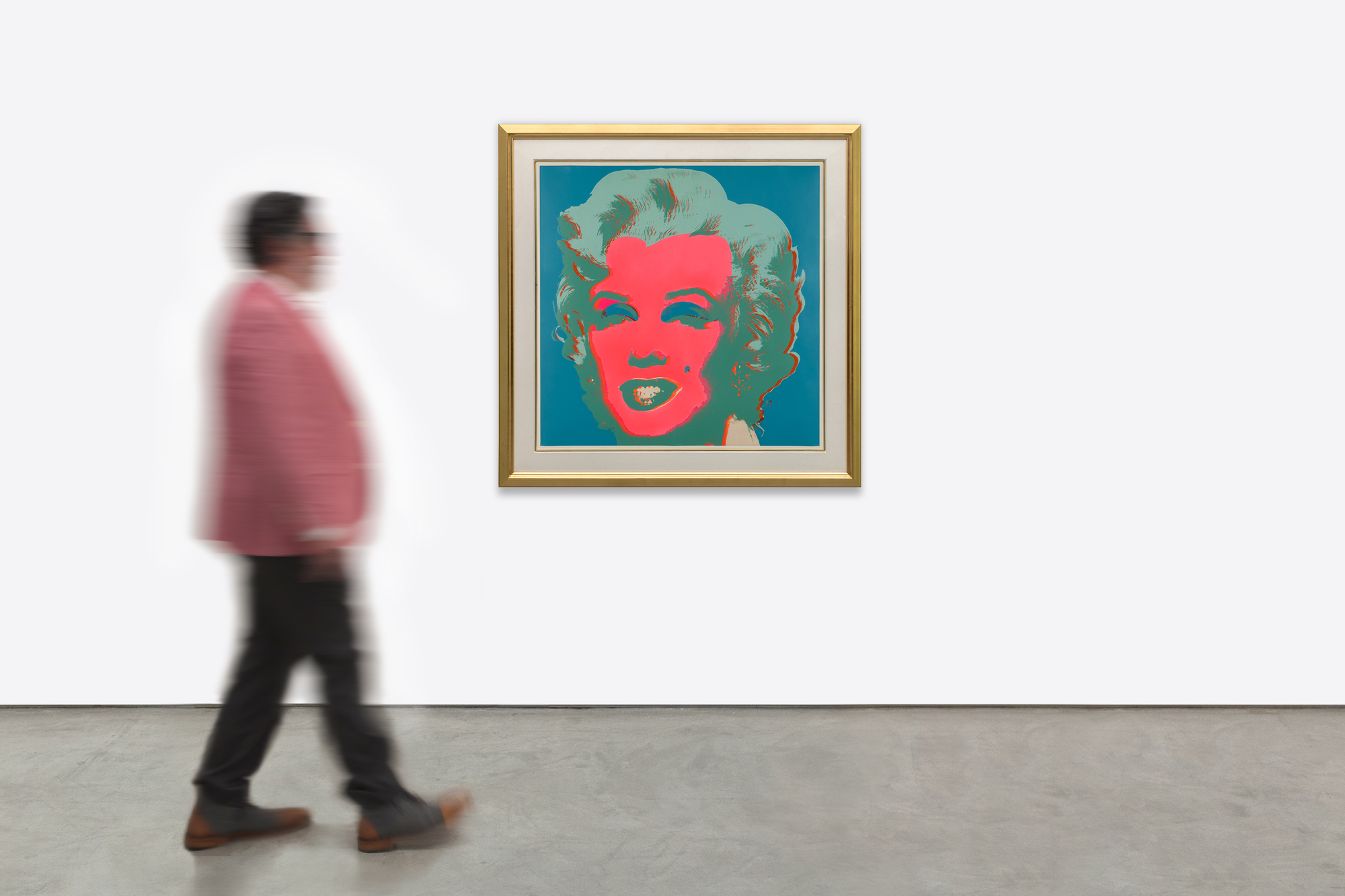
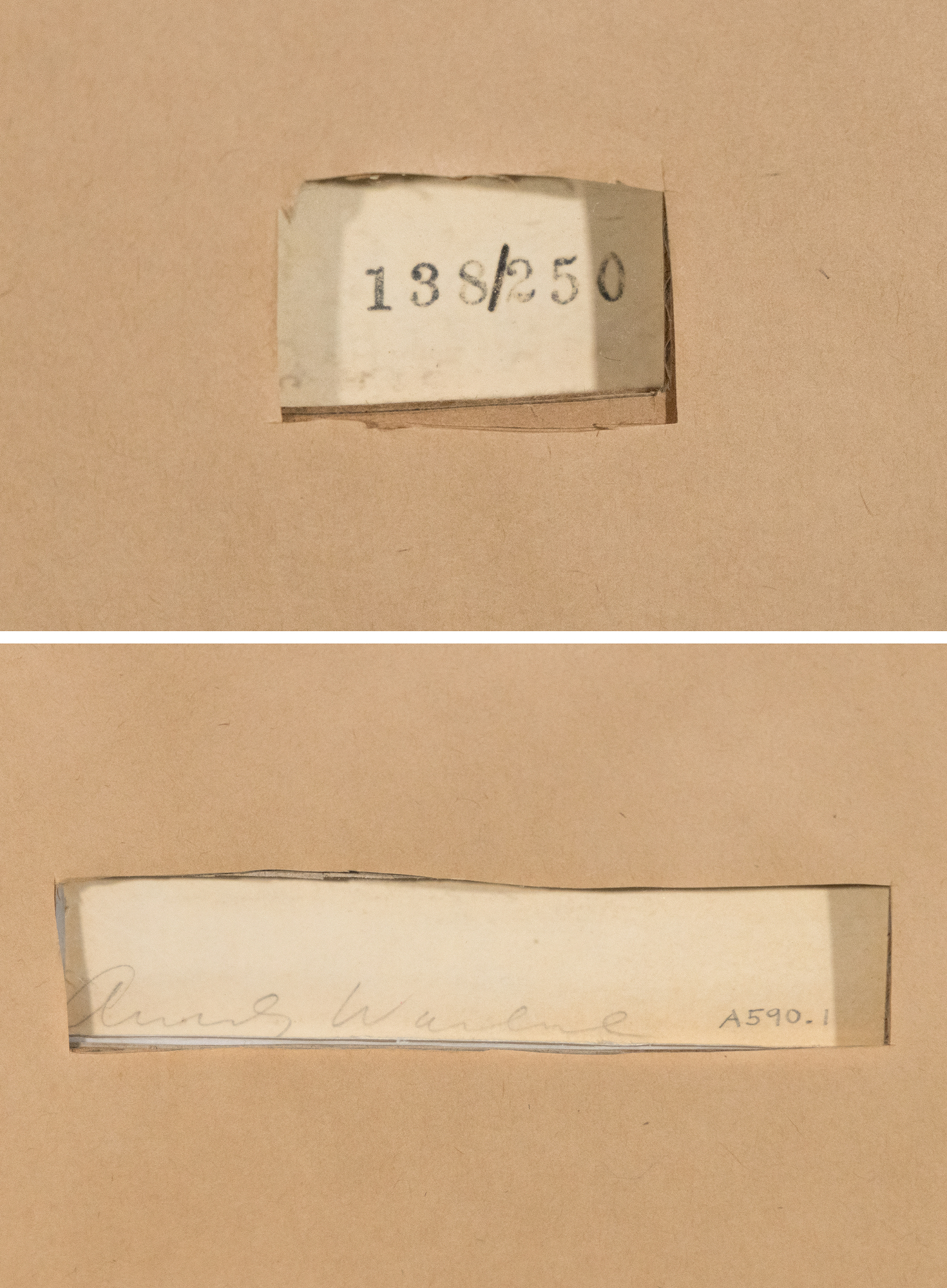
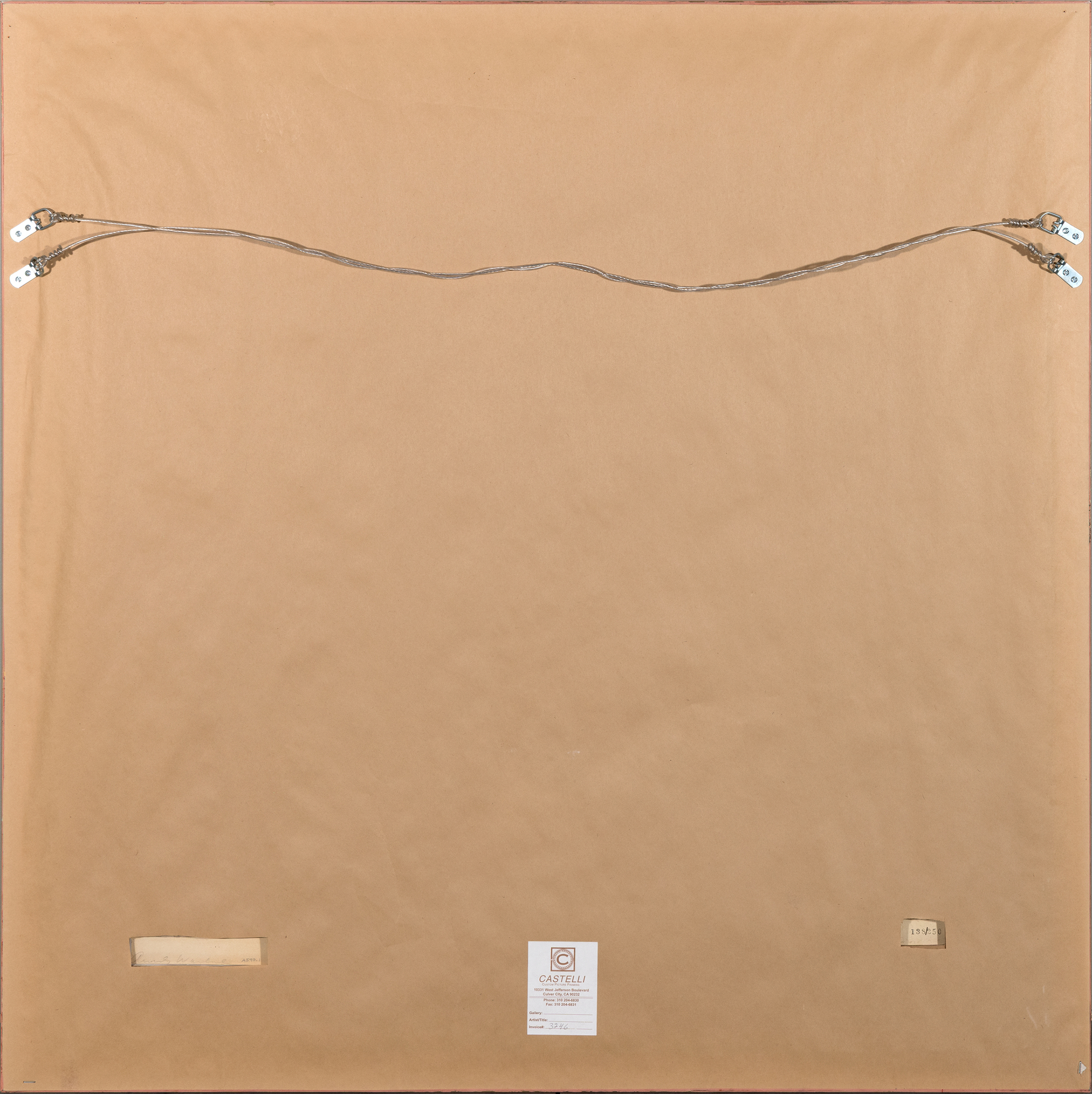
מקור ומקור
אמנות המילטון סלווייאוסף פרטי
אמנות יפה של הת'ר ג'יימס
ספרות
פריידה פלדמן ויורג שלמן, הדפסים של אנדי וורהול: קטלוג רייסון: 1962-1987, ניו יורק, 2003, מס' II.30בהתבסס על תמונת סטילס פרסומית מהסרט "ניאגרה" משנת 1953, "מרילין" של וורהול מגלמים את הקסם שלו לסלבריטאים, לתקשורת ההמונית ולכוחה של התמונה המשוחזרת. כל הדפס בסדרה נוצר עם חמישה מסכים - אחד הנושא את הדמיון הצילומי וארבעה עבור אזורי צבע - שכבות מכוונת בגוונים נועזים שלעיתים מעט לא נראים. חוסר יישור זה מגביר את המתח בין זוהר למלאכותיות, ומהדהד את הזוהר השברירי של פרסונה של מרילין מונרו עצמה.
כאחד מגופי העבודות המגדירים של וורהול, הדפסי "מרילין" נותרו אייקונים של פופ ארט, וממזגים כוכבות הוליוודית עם החזרה המכנית של הדפס משי כדי ליצור מדיטציה נצחית על תהילה, תשוקה ותדמית.


